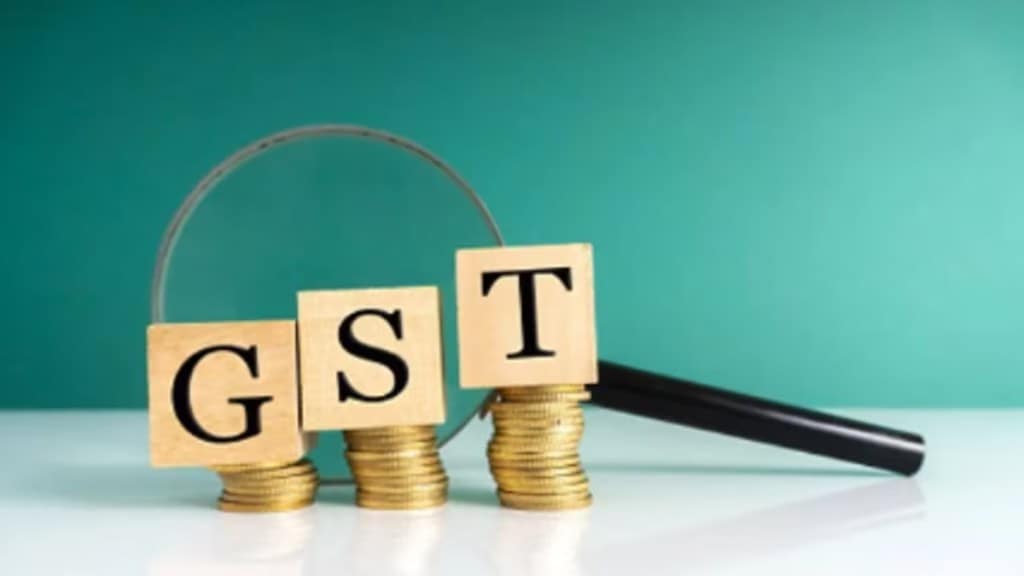As the Centre sets up an internal committee to assess the “negative balance” in the Integrated Goods and Services Tax (IGST)pppl, experts suggest it may largely be due to higher-than-required transfers to some states due to discrepancies in the settlement process.
“This often happens due to timing mismatches in the collection and distribution of taxes or excessive allocation to certain states,” said Sandeep Sehgal, partner-tax, AKM Global. “Such imbalances can arise from discrepancies in tax settlement systems (GSTN) or under-reporting of IGST liabilities,” he added.
On Monday, Finance Minister Nirmala Sitharaman had said in post-GST Council presser that the Centre-State body has decided to set up a committee under the chairmanship of the additional secretary of revenue with officers of both state and centre, to study the IGST mechanism and assess how excess transfers to some state can be recovered.
“A lot of balance has to be retrieved from (some) states, who had been given excess IGST given over the period (of several years),” said the FM.
Simply put, the IGST is a tax levied on the supply of goods and services during interstate transactions and on imports. It is governed by the IGST Act, and the tax is collected by the central government. Post which, the IGST is divided between the state and central governments, in a ratio of 50:50.
States where the consumption of the goods/services (post inter-state transactions) takes place get the tax transfer, also called settlement. This ensures that the state where the consumption occurs benefits from the tax revenue, following the destination-based taxation principle. The place of supply rules are being followed for this.
Therefore, states with higher numbers of recipients of supply or States with higher quantum of performance-based supplies are likely to get higher revenue, as the place of supply of more transactions will be located in these States, say experts. The entire settlement process is regulated by the GSTN.
As mentioned above, in case of discrepancy in the settlement process, some states may get disproportionately higher transfer, while others may suffer. A higher transfer by the Centre than what it receives is reflected as the “negative balance”–which has to be retrieved from states.
According to data on the Controller General of Accounts, in April-July of FY25, the Centre’s IGST collections stood at Rs (-)10,659 crore. Last year, during the same period, the collections were Rs (-)9,144 crore. In the entire FY24, IGST mop-up was Rs (-)5,026 crore.
Darshan Bora, Partner at Economic Laws Practice said that it appears that the negative balance has arisen due to ad hoc 50% payment of IGST revenue to States pending full reconciliation. “The actual revenues had to be reconciled after considering inter-head transfers in the electronic cash ledgers by taxpayers and other similar adjustments,” Bora added.
Earlier this year, however, some states such as Tamil Nadu and Kerala said that they have received a fairly low amount of IGST transfers from the Centre than they should ideally have. A recent report of the State Fiscal Review Committee of the Kerala government noted that the state has incurred an estimated Rs 35,000 crore loss in IGST settlement since the inception of the GST regime in 2017. This is despite the theoretical assumption that “consumption states” like Kerala would be the biggest beneficiaries of GST.
So far this year, the states which have received the highest settlements under IGST are: Maharashtra, Uttar Pradesh, Karnataka, Tamil Nadu, Gujarat, Telangana, Rajasthan, Madhya Pradesh, West Bengal and Bihar.
Since IGST settlement is dependent on consumption, these states should ideally be the highest consuming states. But the per capita income of the states don’t support this assumption. In fact, per capita incomes of Uttar Pradesh and Bihar are the lowest among all 28 states, at Rs 30, 779 and Rs 42,525, respectively (figures of 2021-2022). Madhya Pradesh’s per capita income also stood at Rs 61,534 during the year, and it is considered an “investment state”.

